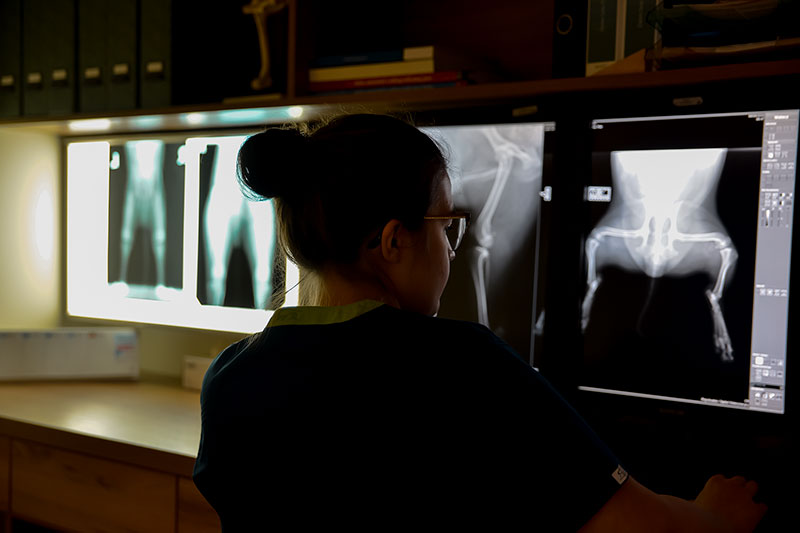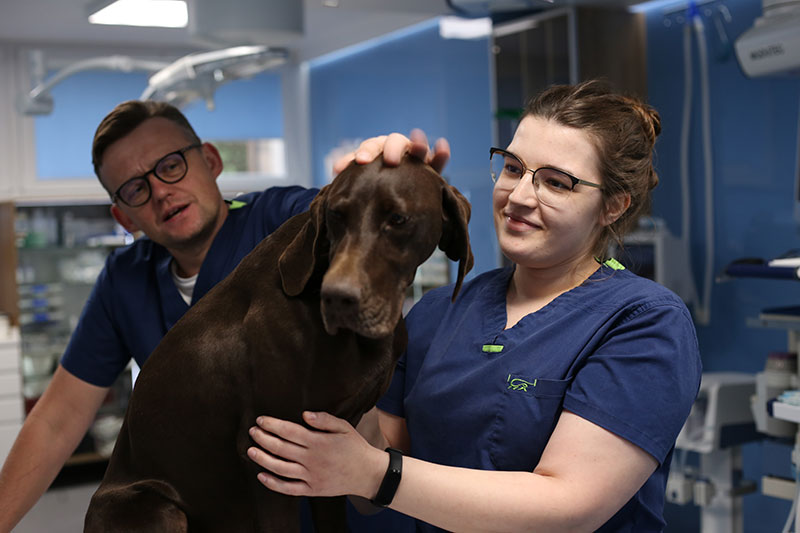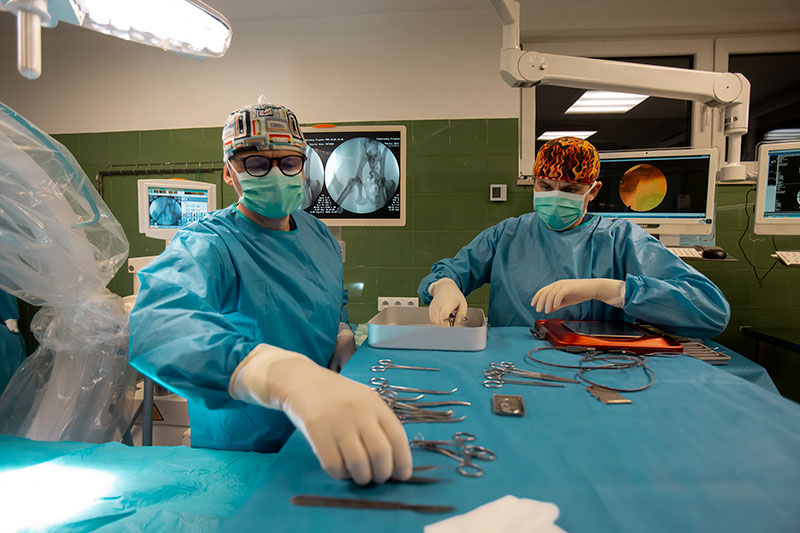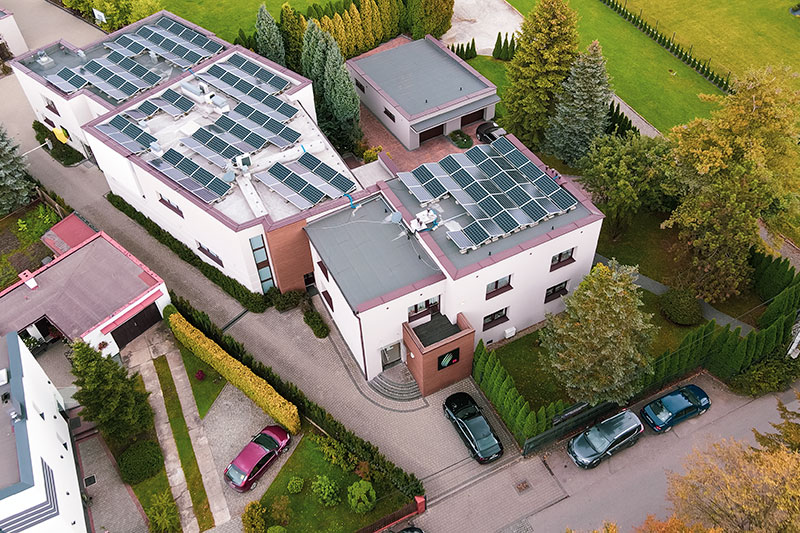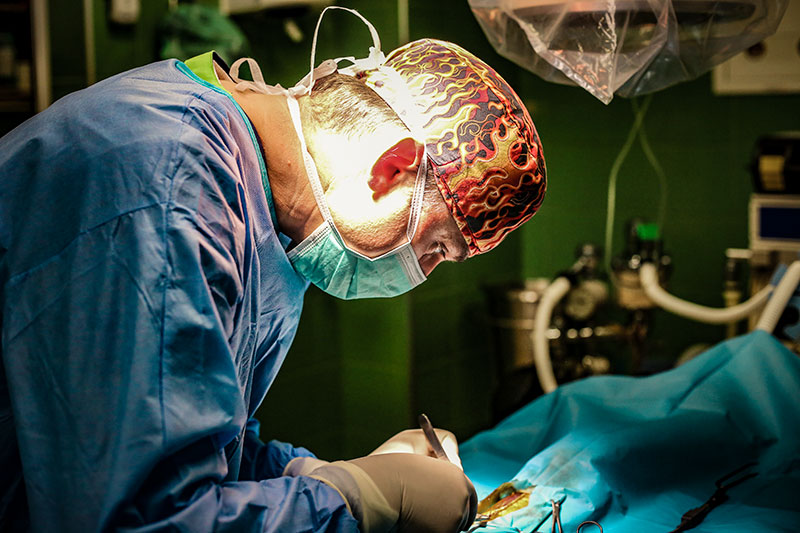When impossible becomes possible
Innovative thinking, research and development, visionary projects and non-standard ways of solving problems. That’s what makes our world change. There are more and more innovative technologies dedicated to veterinary medicine. In the clinic in Mikołów specialists are working on innovative bone implants for pets, which will be printed in 3D technology.
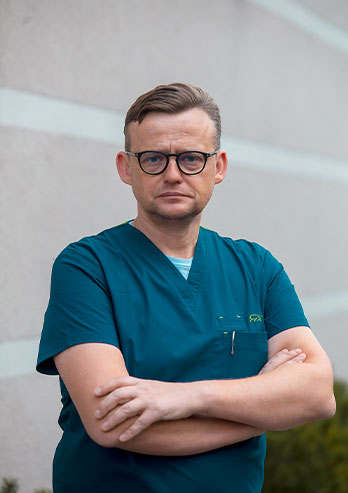
VETERINARIAN OLIWIER TEODOROWSKI (PH.D), OWNER OF THE POLVET VETERINARY CLINIC
The clinic has been operating for thirty years. We are constantly developing technologically, extending the scope of diagnostics and, consequently, the range of our services. We use advanced procedures that do not differ much from the services and procedures used in medicine saving human health and lives. We do imaging diagnostics, neurosurgery, orthopedics, general and internal surgeries and we also run a blood bank for dogs and cats. What distinguishes us is our advanced diagnostic services and specialist surgical procedures. To further improve the quality of our services, with EU support, we have decided to focus on the problem of bone implant loosening and bone healing abnormalities, which a great number of our patients suffer from. These are quite common problems not only in humans but also in animals. Our patients suffer from material intolerance, strong reactive response, healing problems or even implant rejection.
In order to eliminate the complications, we want to use biocomposite materials derived from cell culture. For making bone implants, we use materials that activate the natural regenerative actions of the body. The materials are individually tailored to animals’ specific conditions.
The aim of our research is to find and classify such combinations of biocomposites that would be clinically applicable in animals. We analyze different types of materials. In the long run we want to obtain an innovative implant in the form of a bone scaffold with cell culture printed in 3D. It will be used primarily as a complementary solution in hip replacement. We hope that it in the future it might also be used on a larger scale in reconstructive medicine. We focus on 3D printing technology, as it is one of the most advanced methods of industrial production today, especially bone scaffolds with individualized geometrical features and mechanical properties.
We are currently conducting preclinical implantation trials of bone models.
The work will last until June 2021. The intellectual property protection procedure will take the next two months.
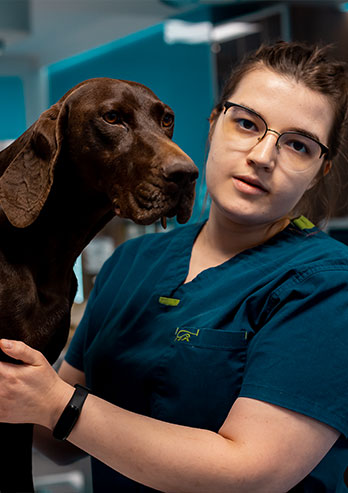
VETERINARIAN MARTYNA LOSKOT, PARTICIPANT IN R&D
I’ve always loved animals. And I wanted to help them as long as I can remember so veterinary medicine seemed like a really interesting and challenging professional career for me. I've been with the clinic for over a year. I'm very satisfied with my work. Apart from treating pets I also have the opportunity to participate in an innovative research and development project. In the project I act as a veterinarian. My job is to develop guidelines for the qualification of patients for the application of the new treatment method in terms of type of disease, severity and implant type. I also work on the preparation of a treatment procedure depending on the condition of patient's bones, as well as diagnostics, pre- and postoperative assistance and control of implant effects. I also take an active part in the rehabilitation of animals.
Our project is a very ambitious one involving an interdisciplinary team of specialists in veterinary, 3D printing, cell and tissue culture, supported by experts in orthopedics, neurology and microbiology.
The scale and scope of the project is unique in Polish veterinary medicine. It is an excellent development opportunity for the entire project team. Our main goal is to solve problems related to hip joint prosthesis, where one of the most common complications is aseptic loosening. In addition, the solutions we are working on will also eliminate problems with the stability of bone restorations in other areas of the skeleton and with replacing other structures such as the elbow joint. They will also be used in the treatment of long bones, knee joints and as a supplement to the losses after neoplastic changes.
The positive results of the use of innovative implants in the animals we are working on will provide a solid basis for starting research on the use of such implants with cell cultures in humans.
Say it the Silesian way
dochtor – doctor
gadzina – livestock
kocik – little cat

Project:
"Research and development of innovative implantology solutions"
Beneficiary: Polvet Healthcare Teodorowski Sp.J.
Project amount: ca. PLN 8.6 million
ROP SV subsidy: ca. 5.9 million
Implementation period: 07.2019 – 08.2021







